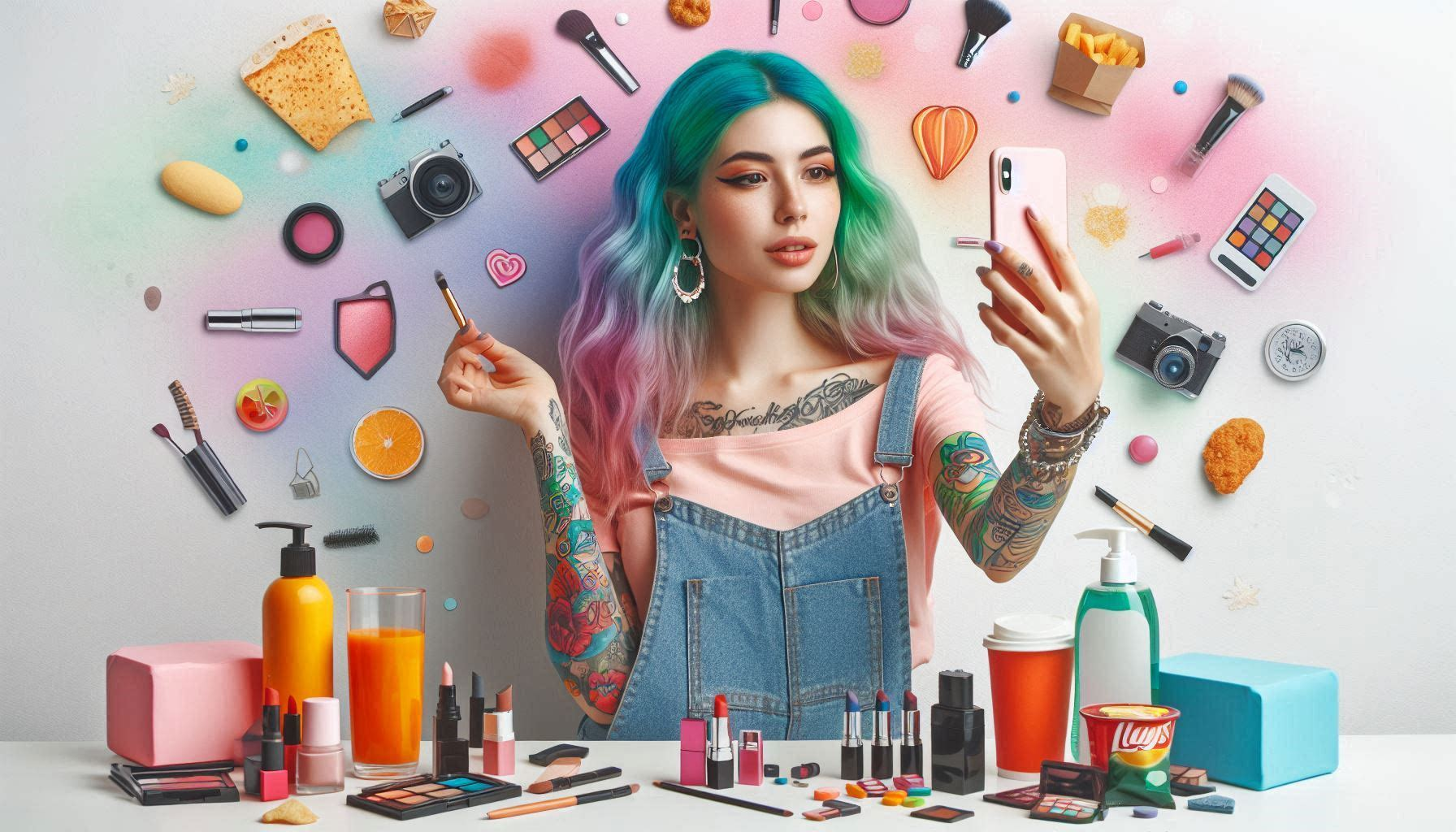The Rise of Micro-Influencer Marketing: Strategies for Brands to Leverage Niche Influencers

The Rise of Micro-Influencer Marketing: Strategies for Brands to Leverage Niche Influencers
Influencer marketing, in today's digital age, has taken the advertising industry by storm. However, amidst the wide array of celebrities and mega influencers, there seems to be a new trend emerging: micro-influencer marketing. They may not have millions of followers but their impact is profound, especially among the young audiences. This blog will give you insight into the rise of micro-influencers and how brands can use them as efficiently.
Why Do Micro-Influencers Matter
Micro-influencers can be described as those social media personalities that have a follower count ranging from around 1,000 to 100,000. It is a fact that they do not have the massive reach of famous influencers, however, what they lack in numbers, they make up for it in engagement.
Here’s how
- Authenticity: These micro-influencers often connect with their audiences personally, hence fostering a personal connection. This builds trust and whatever they recommend, their followers deem it genuine rather than commercialized.
- Higher Engagement: Many studies on social media have shown that when the follower count increases, the engagement rate usually drops down. As mentioned above micro influencers maintain a high engagement rate so their followers are more likely to engage and interact with their content.
- Cost-Effective: It's always more affordable to work with micro-influencers than to work with a mega-influencer. This helps brands with smaller marketing budgets to advertise themselves on social media.
Strategies to Leverage Niche Influencers
Ready to tap into the power of micro-influencer marketing? Here are some strategies to get you started:
1. Identify the Right Influencers
Finding the right niche influencers is crucial for brands. The trick is to look for those influencers who align with your brand values and have an audience following that mostly matches your target audience.
2. Build Authentic Relationships
Brands make the mistake of using influencers as an advertising channel. Brands should build genuine relationships with them. Actively engage with their content, mostly understand their interest, and communicate their brand value.
3. Collaborate on Content Creation
Brands should actively engage with micro-influencers in the content creation process. Allow them to showcase your product or service in a way that they know will most likely resonate with their audience. User-generated content is most valuable as it feels relatable and organic.
4. Focus on Storytelling
Remember that your audience loves stories. Brands should encourage micro-influencers to share their personal stories related to their brand. The stories could be a testimonial, day-in-the-life video, or a behind-the-scenes look, storytelling creates a deep connection with the audience.
5. Leverage Multiple Platforms
Micor-influencers are everywhere. Brands should explore platforms other than Instagram. Platforms like TikTok, YouTube, and even niche forums where they might have their presence. It's always best to diversify your approach to reach a wider range of audience.
6. Measure and Adapt
Always track your performance of the campaign. User KPI (key performing index) such as engagement rates, website traffic, and conversion rates to measure success. Optimize your strategy on what works and what doesn’t.
Real-Life Success Stories
To illustrate the power of micro-influencer marketing, let's look at a few real-life examples:
Daniel Wellington: This brand came to the limelight by partnering with thousands of micro-influencers on Instagram. Their marketing strategy included gifting their influencers watches in exchange for posts, which generated massive organic reach.
Glossier: Glossier dominated micro-influencer marketing by leveraging everyday user who loves their product. They had a community-driven approach which built a loyal customer base for them.
Conclusion
Micro-influencer marketing is not just a trend; it's a powerful strategy for brands aiming to connect with niche audiences. By identifying the right influencers, building authentic relationships, and focusing on storytelling, brands can create impactful campaigns that resonate with the youth. So, embrace the rise of micro-influencers and watch your brand thrive in the digital age.
Micro-influencer marketing is no longer a trend, it's now a powerful strategy for brands to connect with their niche audience. By acknowledging the right influencers, creating authentic relationships, and concentrating on storytelling, brands can make impactful campaigns that resonate with the youth. So, embrace the rise of micro-influencers and watch your brand thrive in the digital age.
For more insights and strategies on influencer marketing, visit our website at Social Mosquitoes and have a competitive edge over others.


